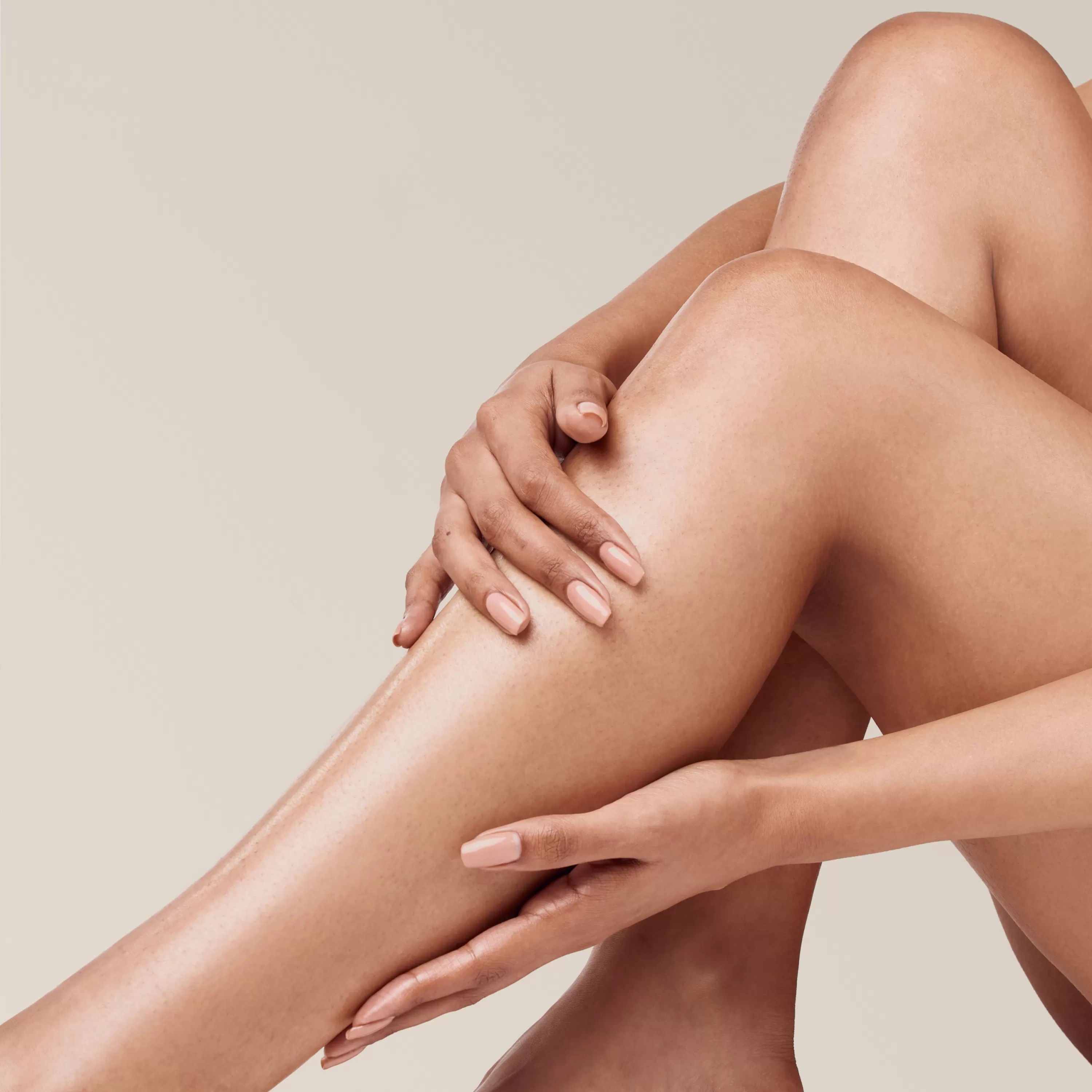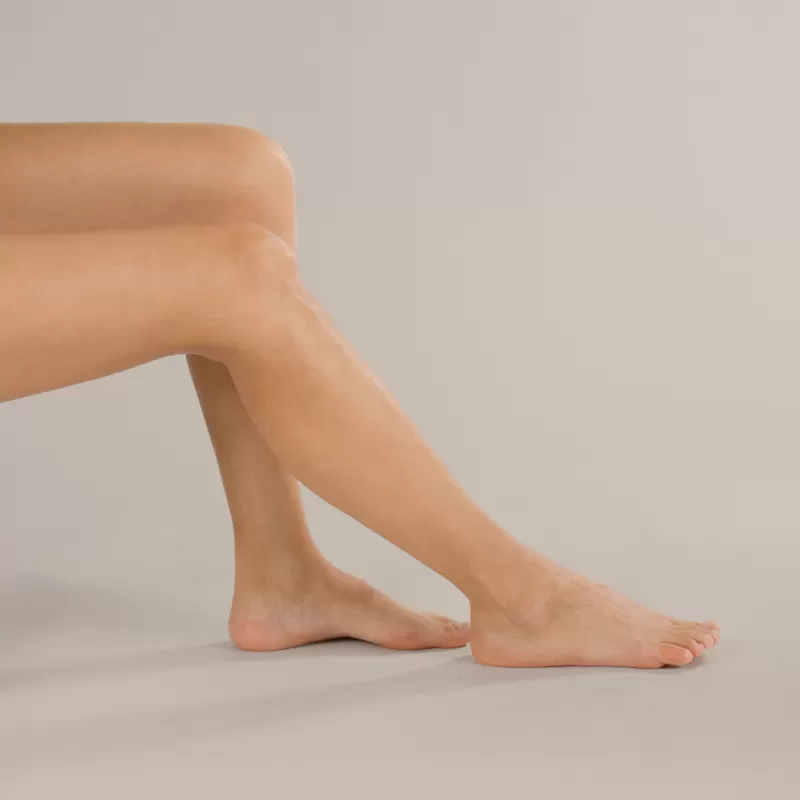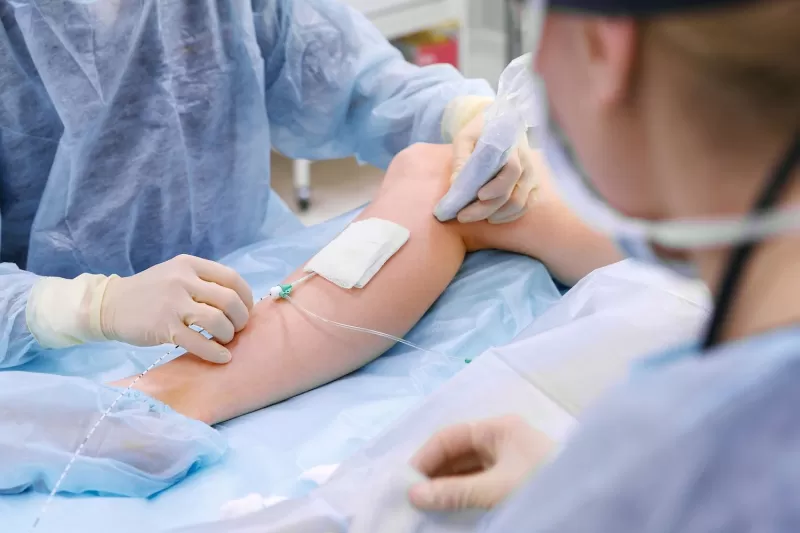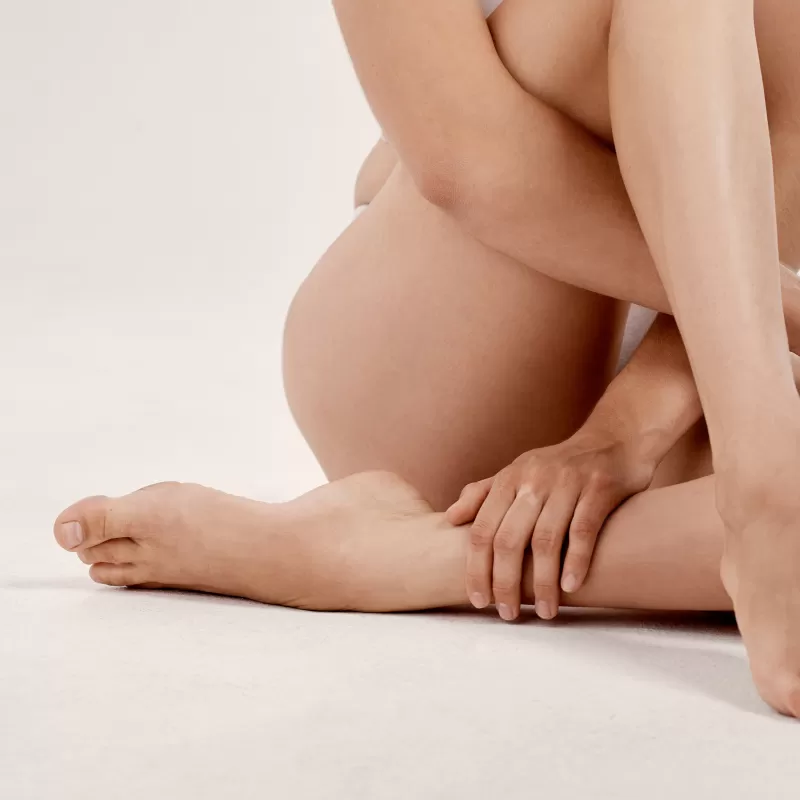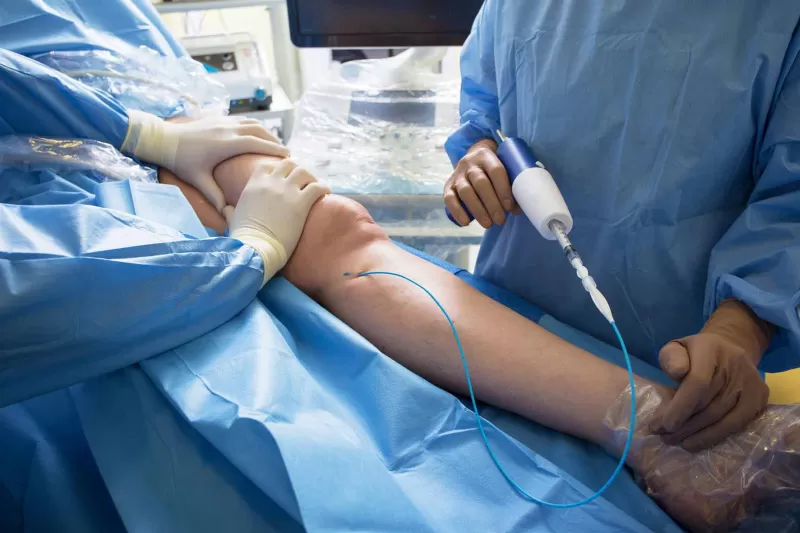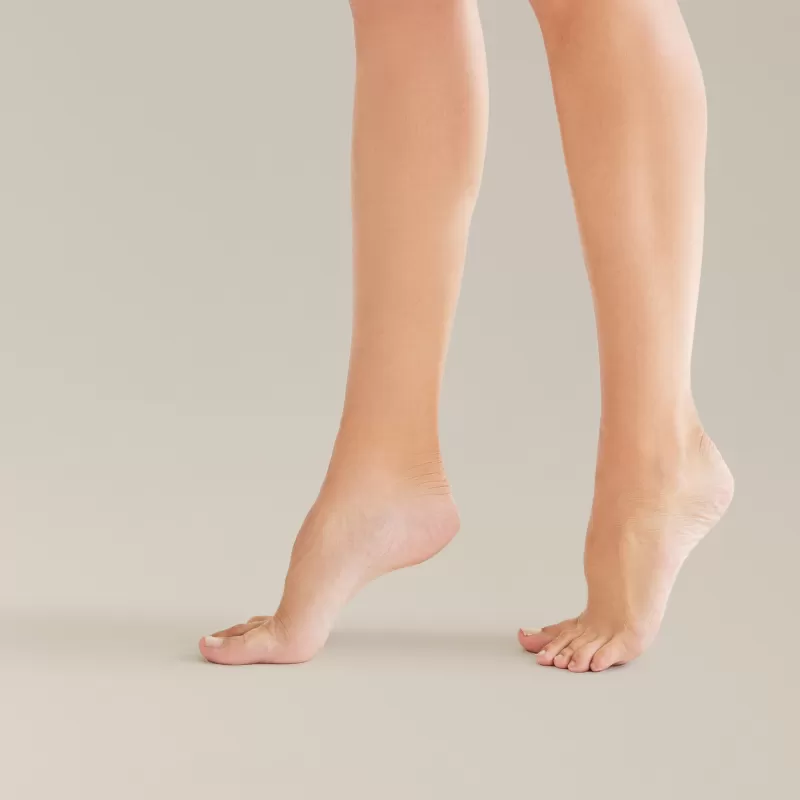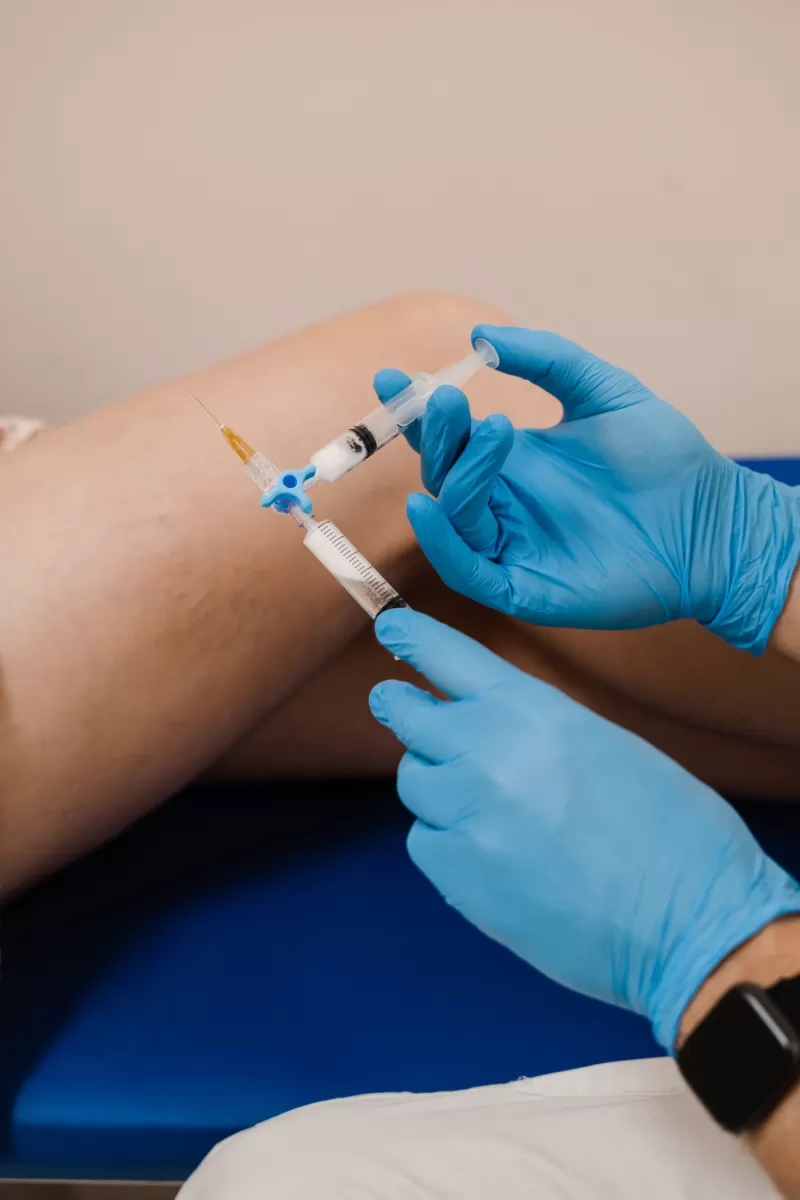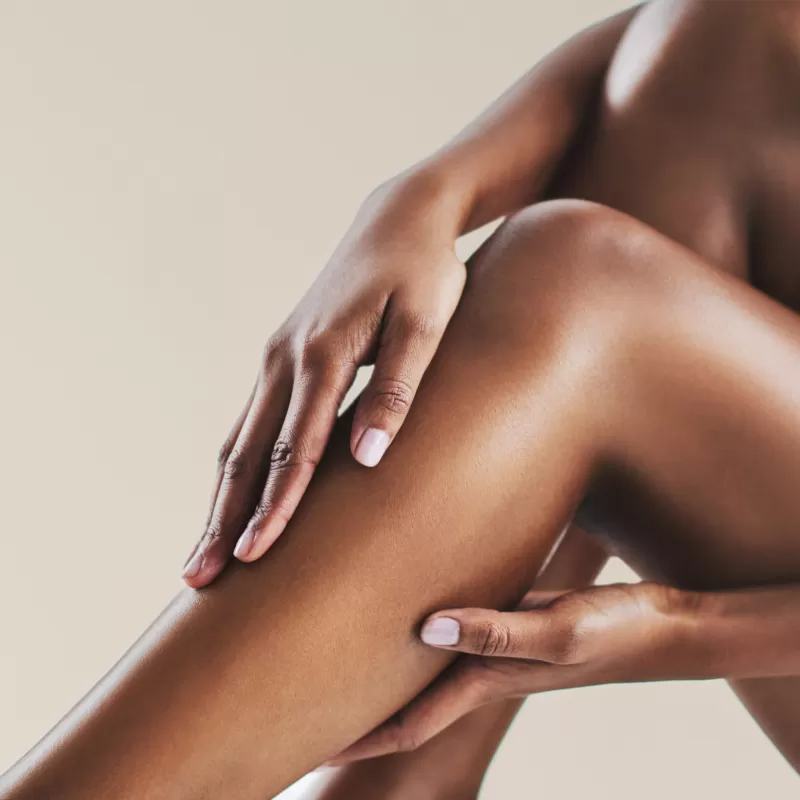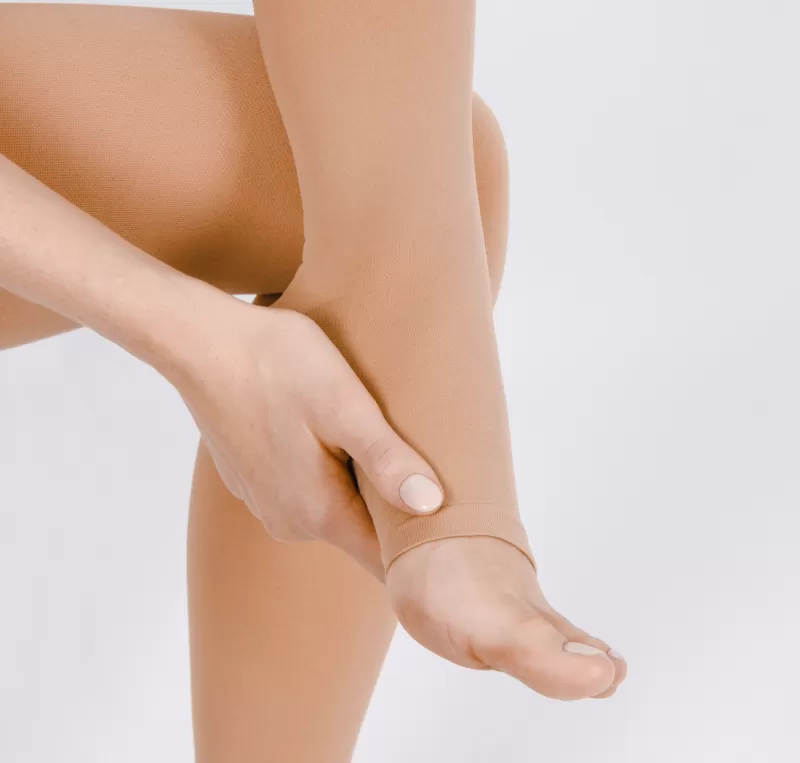Spider Veins
Spider Veins
Condition
Respond to unsightly spider and reticular veins here at Canberra Vein Care by The R Clinic. Our Vein doctor specialised in assessment and non-surgical treatment for leg veins.
What is Spider Veins?
What is Spider Veins?
Spider veins are the finest veins that appear on the surface of the skin and may resemble a spider web and appear as short, seemingly unconnected lines. Spider veins also known as ‘telangiectasias’ are usually fed by larger ‘reticular veins’ which appear just below the skin. Spider veins may cause aching especially with prolonged standing, other patients have no symptoms at all, and spider veins appear simply as cosmetic. However, it is best to seek advice on spider vein treatments due to risks associated with underlying venous conditions.
What causes Spider Veins?
What causes Spider Veins?
Spider veins are often a flow-on effect of vein insufficiency or varicose veins in nearby blood vessels. When the damaged section of a vein fills with blood and swells to its capacity, the overflow of blood creates tiny spider veins close to the skin. Therefore, it is important to treat the underlying cause, and not just the spider veins that can be seen on the skin surface. Not doing so can result in the spider veins returning quickly as the underlying venous issue hasn’t been resolved. Spider veins are just the tip of the iceberg and treating these without initially investigating the cause can lead to other diseased veins going untreated leading to worsening of your condition.
How can we help?
How can we help?
At The R Clinic, our vein doctor, Dr Melanie Sung, offers multiple state-of-art, non-surgical varicose vein treatments tailored to your condition. We offer endovascular thermal ablation (including radiofrequency ablation), medical superglue ablation, micro-sclerotherapy, ultrasound guided sclerotherapy, and compression therapy. By offering an alternative to surgery means drastically reduced wait time for treatment, plus minimal downtime associated with these forms of non-invasive treatments means better recovery and outcomes for our patients.
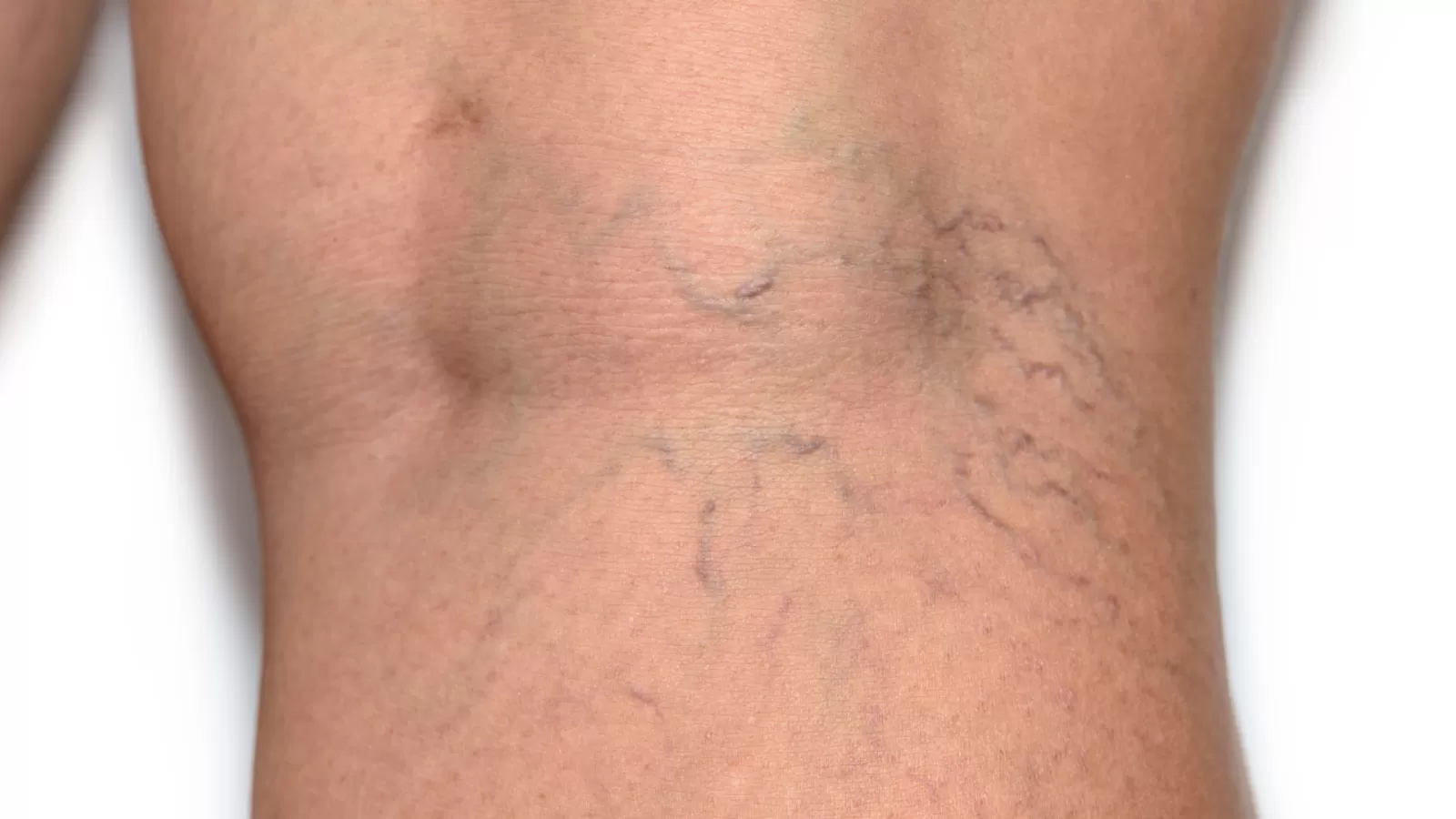
FAQ
Have further questions or want to learn more?
How do spider veins develop?
The causes of spider veins are unclear, but they are often associated with varicose veins. There are usually deeper veins feeding the patch of spider veins so they are probably associated with increased pressure in the venous system. The increased pressure is due to valves not functioning properly. Some authors suggest that spider veins are associated with hormonal changes. They become more extensive with age.
How can spider veins be investigated?
If the spider veins are associated with varicose veins, the varicose veins will need to be treated first. If there are no varicose veins, then one may choose not to do any investigations. The issue will then be whether there are underlying large veins which one cannot see. The choice will then be up to the individual client. If one wants the best and most long-lasting result from treatment, then investigation is recommended. Spider veins are investigated by ultrasound so that the causes of the spider veins can be determined, and a discussion about which treatment is most suitable can be had with your doctor.
How are spider veins treated?
If there are varicose veins, there will need to be treated first (please refer to varicose vein treatment page). Spider veins along are treated with sclerotherapy:
- Ultrasound guided sclerotherapy: sclerotherapy involves injecting a solution into the spider veins. The injection is done under ultrasound guidance so that the injection is highly accurate and the solution is injected into the correct spot. The aim is to find the feeding vin and treat it first.
- Direct vision sclerotherapy: this involves injecting a similar solution directly into the spider veins. It is done using magnification with a special polarized light which makes them easier to see and inject.
What’s the difference between varicose and spider veins?
Spider veins and varicose veins are different forms of a medical condition called venous insufficiency. Both conditions result from having weakened or damaged valves in the veins in the legs. However, the two issues have different symptoms.
Spider veins are typically small, thin lines that may be flat or slightly raised. They are often blue, red, or purple. Although they can cause some discomfort, they are painless most of the time. On the other hand, varicose veins are larger and deeper than spider veins and they appear lumpy or twisted.
How successful is treatment of spider veins?
Successful treatment of spider veins can achieve an even appearance where most of the spider veins have faded significantly. It is unlikely that all the spider veins will disappear completely (unless there are very few and they are very small), and injecting spider veins does not prevent new ones from growing. Further treatments are required if new spider veins started to develop.
What are reticular veins?
While many people have probably heard of varicose veins and spider veins, fewer may be familiar with reticular veins. They are the middle child of chronic venous insufficiency (CVI). They are smaller than varicose veins—roughly 2mm in diameter. They also do not protrude above the skin like varicose veins.
Reticular and varicose veins do look similar in color—blue or purple. They also appear in many of the same areas of the body. The inner and back of the thigh are common spots, as well as the lower leg and ankle. Reticular veins will sometimes feed into spider veins. This is why they’re also called feeder veins. When they do this, they serve as a source of excess blood for the spider veins. In cases like this, removing the reticular veins can help eliminate the spider veins as well.
What are the risk factors of developing spider and reticular veins?
Factors that can increase a person’s risk of developing spider veins include:
- Genetics: People with spider veins have a family history of them.
- Pregnancy: An increase in blood flow and the extra weight of the fetus on leg veins during pregnancy may cause spider veins.
- Sex: Spider veins tend to affect females almost twice as much as males.
- Age: The valves in veins tend to get weaker over time. The calf muscles, which help support the veins in the legs and enable them to pump blood upward, may also lose some of their strength as a person ages.
- Being overweight: Extra body weight can place added pressure on leg veins.
- Hormones: Hormonal birth control and hormonal treatments for menopause may increase the risk of spider veins. This is because estrogen can weaken vein valves.
- Sitting or standing for extended periods: Veins in the legs must work harder to pump blood up toward the heart when a person remains in the same position for more than 4 hours
- Past blood clots or vein damage: This can damage the valves and make them unable to work correctly.
- Excess pressure in the face: This can be due to forceful coughing, sneezing, or vomiting. Some people may get spider veins on their face after pushing during childbirth.
What symptoms and complications can spider veins cause?
Spider veins on the legs are harmless but can cause symptoms such as aching or itching. Very occasionally they can bleed, especially if they are being fed by large reticular or varicosed veins. Bleeding can happen if the spider veins have been bumped. Often the bleeding is worse if the trauma occurs in the shower because the heat opens up the veins so that the pressure is higher. Bleeding spider veins is an absolute indication for treatment though most of the time they are a cosmetic issue.
Will spider veins go away?
Very rarely, spider veins may fade on their own without any intervention. But in most cases, once you’ve developed them, they will need to be removed by a medical professional if you want them gone permanently.
Keep in mind that although you may find them unattractive, spider veins are not harmful. You can try to live with them or cover them up with concealer if they really bother you. If you notice your veins getting worse, there is any pan, or you experience leg aches, it’s a good idea to have them examined by a vein doctor or Phlebologist.
